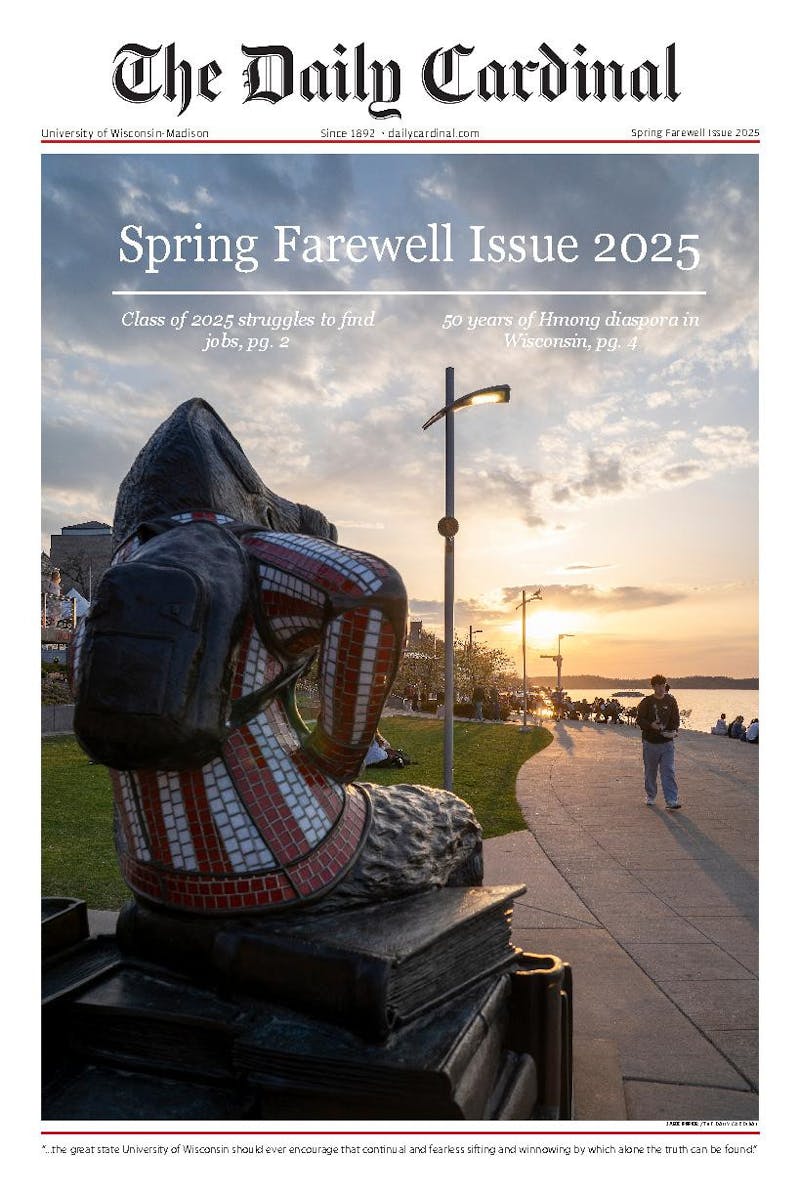UW-Madison researchers celebrated the launch of the first beam of protons to travel around the world's largest particle accelerator in Geneva, Switzerland, Wednesday.
According to UW-Madison officials, the underground machine took 15 years and over $10 billion to construct.
Scientists in over 50 countries collaborated to create the 17-mile-wide track. In two months, scientists hope to send two waves of protons, traveling at near light speeds, in opposite directions and cause them to slam into each other.
Albert Erwin, professor emeritus of high energy physics, worked on a similar experiment in Chicago but said he has high hopes for the project.
They proved today that it was feasible that all the particles would go around the accelerator, so they were happy '¦ but they'll be really doing business in two months when they start colliding them.""
Sau Lan Wu, a physics professor at UW-Madison, recently led an American research team in the construction of the ATLAS project, a particle detector used for recording information from the radiation of protons when they collide.
""Basically, the collider is a big ring,"" Wu said. ""Inside, we accelerate beams of two sets of protons, one clockwise and one counterclockwise, and when they collide we hope that they will produce a new phenomenon '¦ Today they had the energy quite low, and they want to increase the energy by a factor of 10.""
Bruce Mellado, a UW-Madison physics professor and deputy of the UW ATLAS Group, said the project will also open up a window into how scientists view dark matter.
""There is much more dark matter in the universe than matter, and we expect to shed some light as to how we're going to explain objects that actually constitute dark matter,"" he said.
Wu said scientists will strive to find the particle responsible for creating mass.
""With this particle accelerator, we hope to look for the Higgs boson '¦ That is our missing link in our theory of matter.""
Mellado said he hopes the project will provide insight into future scientific exploration.
""It would clearly open a whole new era for how to deal with physics in general, how we look for things in the future,"" he said. ""We hope to answer the most fundamental questions that physicists worry about, such as the origin of mass and where does mass in the universe come from.





